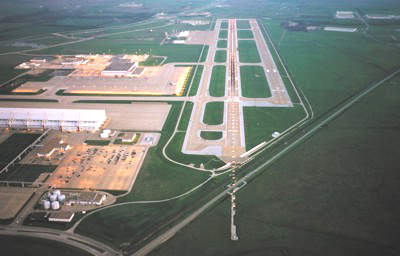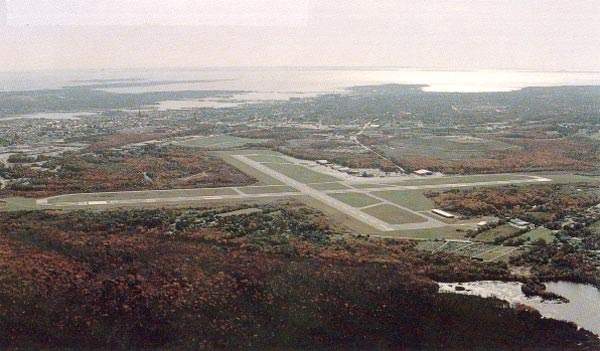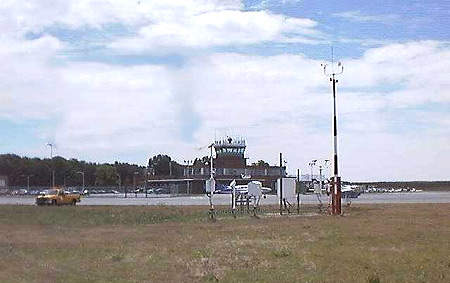New Bedford Airport in Massachusetts, USA, is currently the focus for a runway extension project. Plans are being considered by the Massachusetts Aeronautics Commission (MAC) and the Federal Aviation Administration (FAA) who are jointly responsible for the airport.
The airport serves as an aviation hub for Southeastern Massachusetts because of its geographical position midway between Boston and Providence.
NEW BEDFORD REGIONAL AIRPORT EXPANSION
The airport facilities include two paved runways. Runway 5-23 is the primary and precision runway; it is 4,998 feet long by 150 feet wide. The second runway, 14-32, is 5,000 feet in length by 150 feet wide. The New Bedford Airport Commission proposed the extension of runway 5-23 from 5,000 feet long to 8,000 feet in length.
BENEFITS OF THE RUNWAY EXTENSION AT NEW BEDFORD AIRPORT
The airport’s runway extension is proposed on several grounds. The location of the airport midway between Boston and Providence, as well as the city’s developing intermodal transportation network of highway, rail and seaport, make New Bedford a geographically prime area for redevelopment.
The New Bedford Airport Commission recommended the development of the airport as a regional air cargo facility, since both Boston Logan and TF Green, the state’s major airports, are becoming operationally constrained as demand in both cargo and passenger service at the facilities increase. The FAA traffic projections for Boston Logan for the year 2015 indicate that some operations at Boston Logan will have to be diverted to other airports.
The aviation forecasts suggest that the airport presents great opportunities as a regional cargo facility. Its location is well suited to one of the integrated carriers such as UPS, FedEx or DHL to fly to their major hubs, all of which are within a range of 1,100 nautical miles from New Bedford. Discussions with these carriers indicate that a minimum runway length of between 6,000 and 7,000 feet is required, though they prefer a longer runway.
Regional airports like New Bedford are becoming increasingly attractive to the air cargo industry for various reasons: they are less congested than major hubs in terms of airspace and ground access and operating costs such as fuel, maintenance, building space and personnel are lower.
At present many corporations who rely on corporate jets for access to their distant manufacturing facilities and customer base cannot use the New Bedford Regional Airport because the runway is of limited length. Another benefit of lengthening the runway would be in providing for future air cargo operations in Western Europe – a market highly sought after within the fish processing industry.
OPPOSITION TO THE RUNWAY EXTENSION
There is a lot of local opposition to the runway extension at New Bedford Regional Airport because of the increased level of noise and the environmental impact it will have on the local wetlands.
Many residents have raised concerns about potential noise from large planes and jet fume pollution that the proposed extension will have locally. It is feared that the noise level from Boeing 727 planes operated by FedEx will exceed the permitted level of noise allowed. Although it has been showed that the same plane operated by UPS but with a different engine stays within the permitted parameters.
The environmental impact of the proposed extension is being looked at, because it would mean the reclamation of between 17 and 58 acres of wetlands depending on the site of the extension. $15 million of the $30 million cost of the project has been allocated for wetlands replication.




